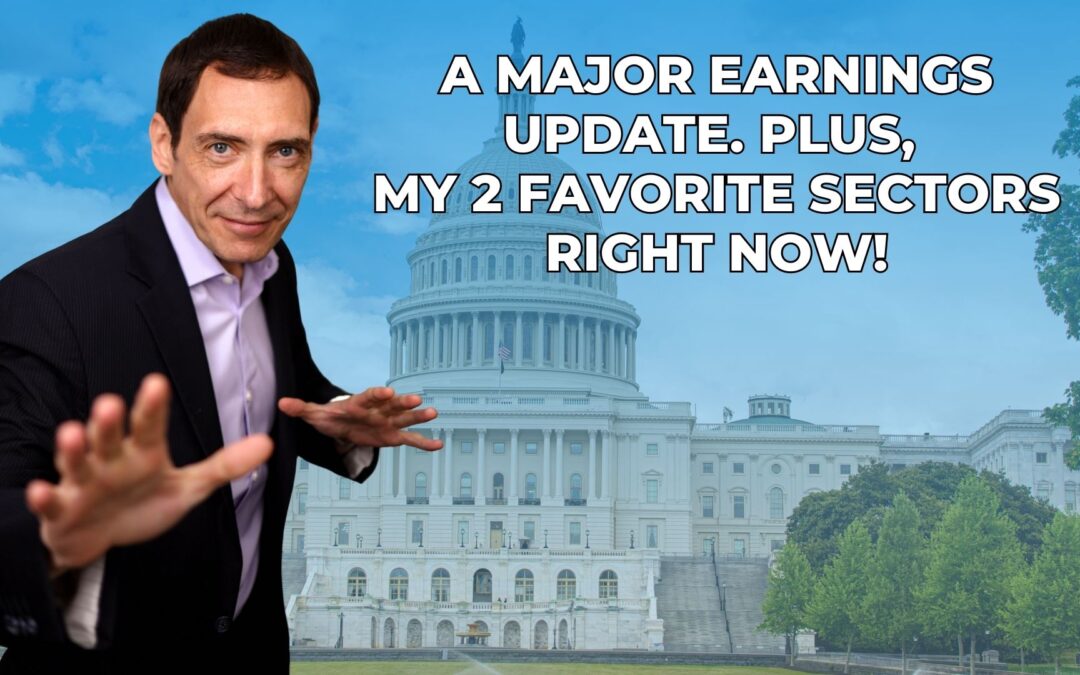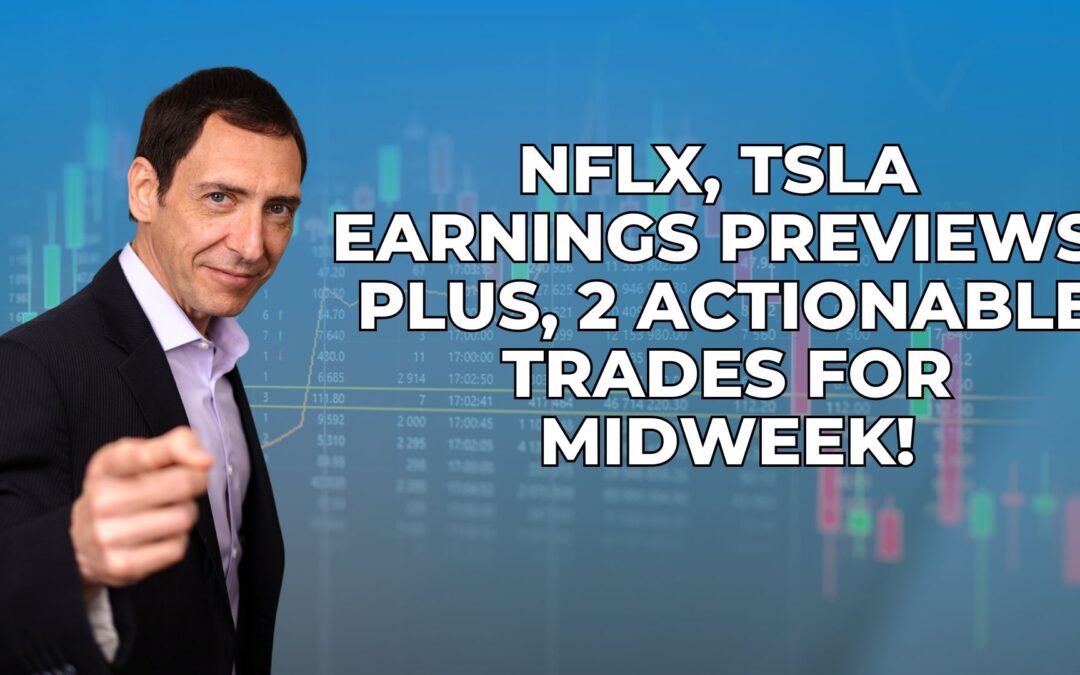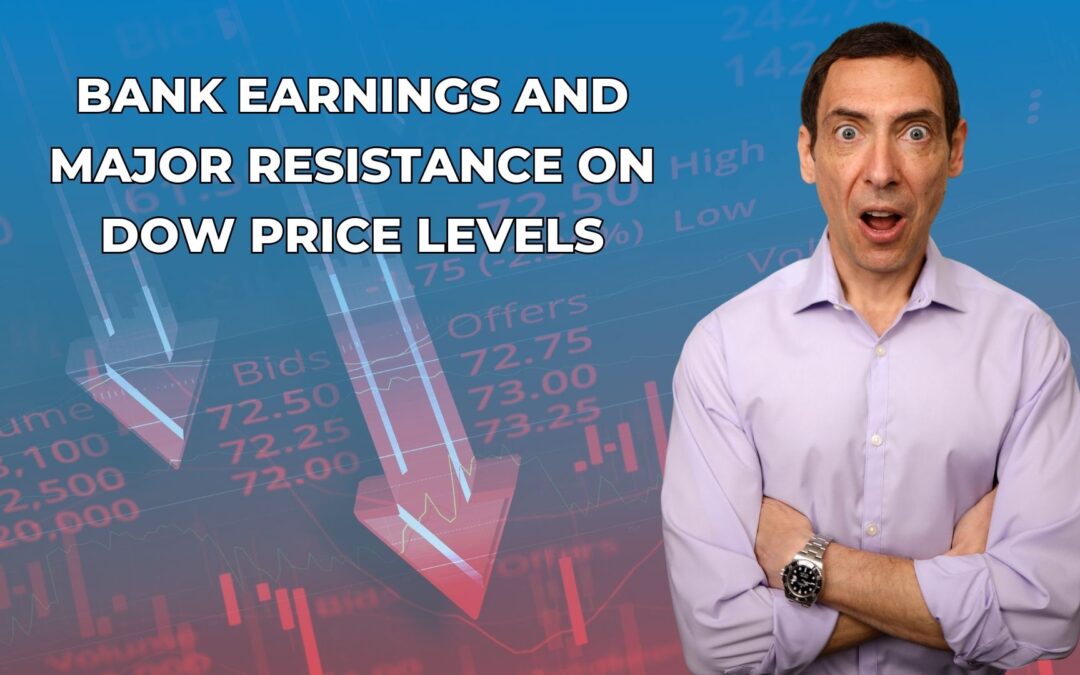Today I want to tell you about one of the most powerful indicators out there.
It’s an extremely unique one, because unlike 99% of other indicators, it doesn’t rely on security prices or even trading volume as an input.
Instead, it compares total put option volume to total call option volume on a stock, exchange-traded fund or index, which you can then use to gauge market sentiment.
In other words, it tells you if other traders are bullish, bearish or somewhere in between.
This is really important, because you can use that information to position your own trades and avoid buying stocks that are falling or selling stocks that are rallying.
So, just what is this indicator? It’s called the put-to-call ratio.
The put-to-call ratio is a random indicator that shows the number of put and call options purchased on any given day.
Now, you’re probably thinking, “Roger, why on Earth would you show this to me if it’s completely random?”
Well, it may be random — but it’s also meaningful.
You see, whenever traders buy a huge amount of call options in comparison to puts, or vice versa, it shows us that their fear and greed levels are getting out of whack.
And what happens when the market gets overly bullish or bearish? It flips.
So, what you want to do is look for a ratio that’s either really high or really low.
A put-to-call ratio that’s at 65/70 or lower means the market is extremely bullish and the bears are about to take control. And a put-to-call ratio of 135/140 or higher means the market is extremely bearish and the bulls are about to take over.
Believe it or not, this ratio has had a 95% success rate over the past decade, meaning it’s been accurate more than nine out of every 10 times.
But here’s the thing.
The put-to-call ratio is an example of a fading market strategy, meaning that, in order to use it, you want to go against what the rest of the market is currently doing.
And that’s because this indicator shows you what the market is about to do based on the behavior of your fellow traders and investors.
Remember, the markets aren’t random because human behavior isn’t random. Most people follow the herd and don’t buy or sell stocks until they see other people participating in the price action.
But by that point, it’s already too late and they start cutting into their profits — or losing them altogether.
In fact, in my experience, it almost always pays to bet against retail traders because they lose about 70% of the time. Sometimes even more.
But if you can learn to identify when investor sentiment has hit an extreme — be it bullish or bearish — it can help you get ahead of the crowd and plan for a sharp reversal.
That’s why fading strategies work so well once you know what parameters you’re looking for.
So, the next time you want to use a whole-market approach, be sure to check out the put-to-call ratio. It works more than 90% of the time, and the winning trades that you make will far outweigh the occasional loss.



